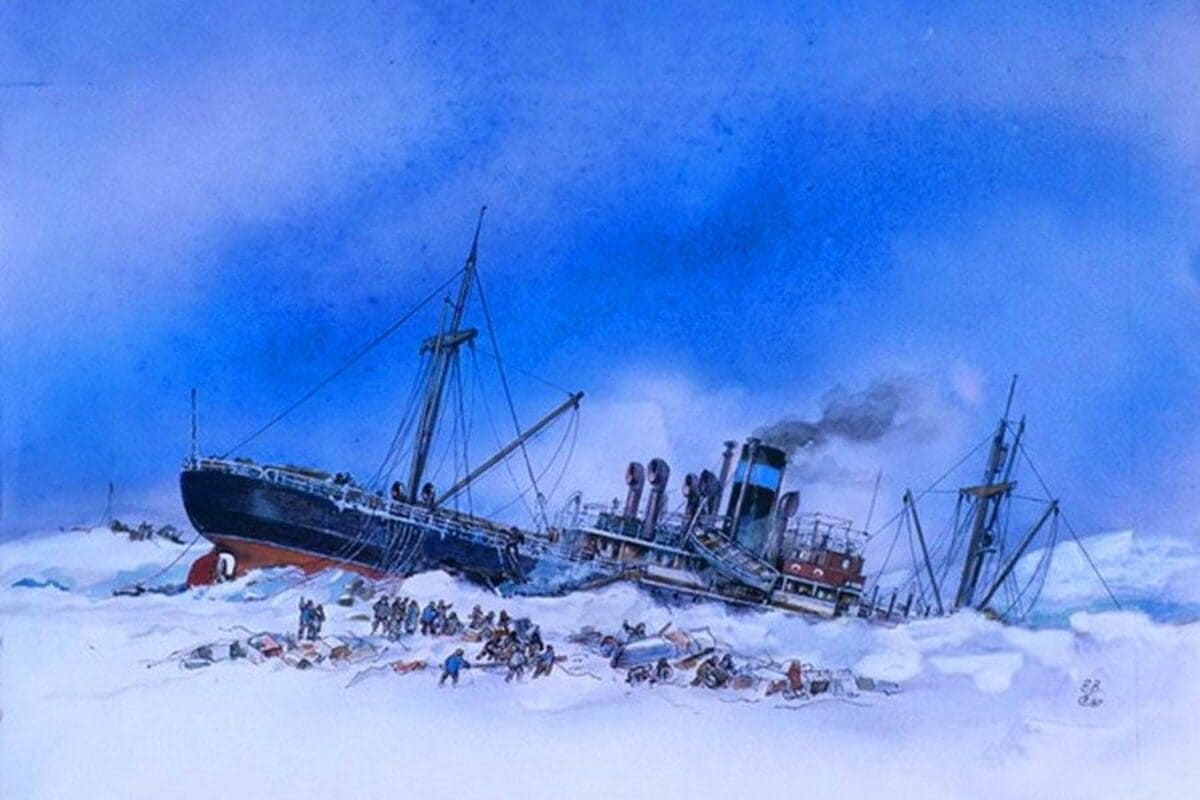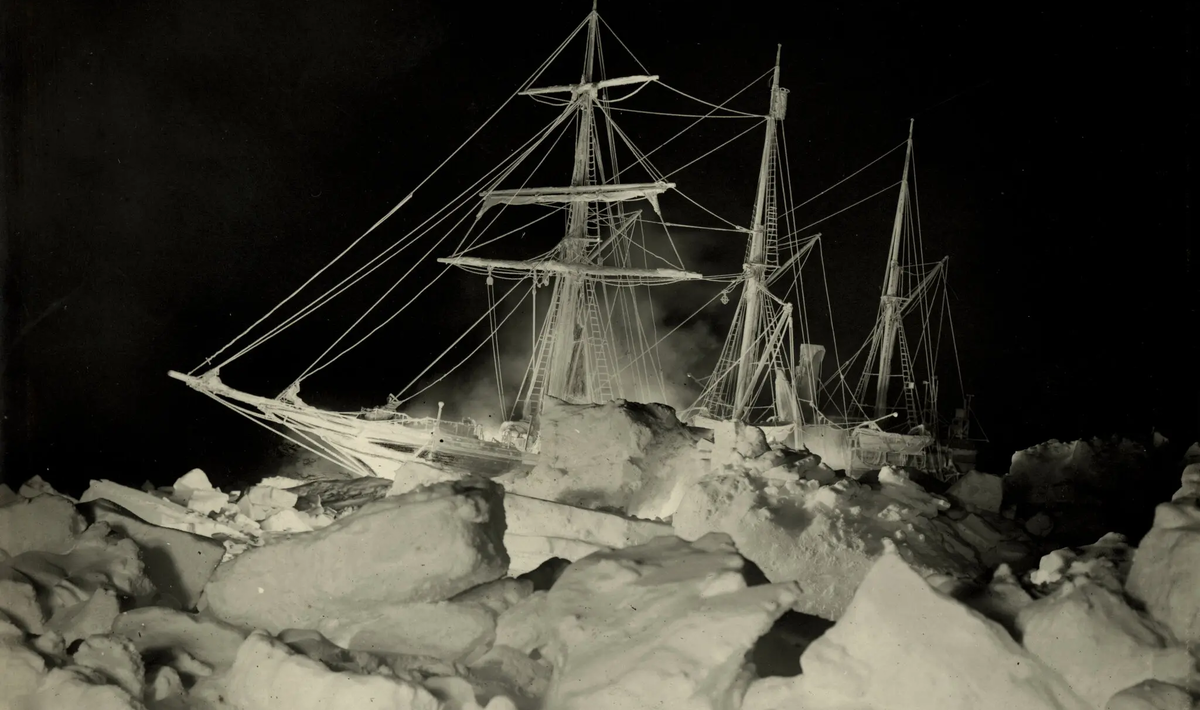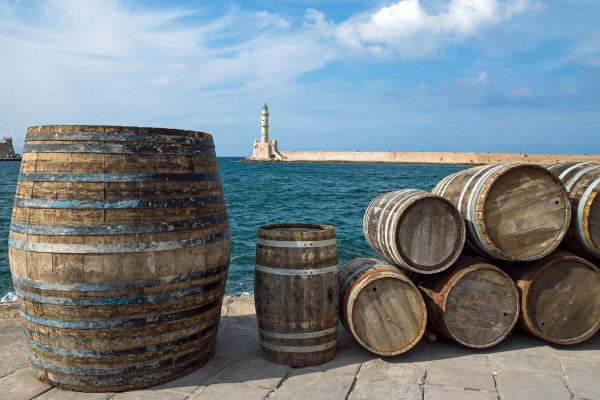The new study debunks the myth of the Endurance’s invulnerability, showing that it was an inadequate ship facing a relentless environment.
The Endurance, Ernest Shackleton’s legendary ship, became a symbol of resilience and heroism after it sank in the icy waters of the Weddell Sea in 1915. That is where the myth began, because for more than a century, its demise was shrouded in mystery, attributed to the lethal blow of ice against its rudder. Now, science has revealed that the truth was more complex and, in a way, disturbing: the ship was never equipped to survive.
Myth and truth.
As we said, for more than a century, 110 years to be exact, the heroic story of Ernest Shackleton and his crew in the Antarctic ice was accompanied by the conviction that the Endurance was the most robust wooden ship of its time, the victim of a fatal blow from the ice against its rudder.
However, recent research has dismantled that narrative. Careful analysis of the wreck discovered in 2022 reveals that the ship was doomed from the start: it was not a single impact that sank it, but the accumulation of compressive forces that crushed its weak structure and, very importantly in the final account, Shackleton probably knew this when he set sail for the Weddell.
The trapped expedition.
The Endurance set sail in 1914 with the ambitious plan to cross Antarctica on foot, but in early 1915 it became trapped in a solid sea of ice. For ten months, the crew held out on board until the pressures began to deform the ship.
The decks warped, the hull vibrated loudly, and the sailors’ diaries recorded the sound of wood creaking under enormous forces. On 27 October 1915, Shackleton ordered the ship to be abandoned, and weeks later the hull finally sank after a series of pressure surges that tore off the masts and split the structure in two.
A fortress with feet of clay.
Far from being the invulnerable vessel of legend, the Endurance was originally built as a ship for polar tourism and hunting bears and walruses in the Arctic. Its design lacked the critical reinforcements needed to survive trapped in frozen seas: it had no diagonal beams to keep the hull sides apart and no frames to support the engine room, its most fragile area.
There, according to witnesses such as scientist Reginald James and Captain Frank Worsley, the iron plates warped and the floors bulged as the ice pressed relentlessly. The rudder and keel broke, but they were not the cause but the consequence of this structural weakness.
Shackleton knew this.
This is one of the key facts that has now come to light. The most revealing thing is that Shackleton was not unaware of these defects. He had participated in rescues of other ships destroyed by ice and advised the German Wilhelm Filchner to reinforce his Deutschland with diagonal beams, which thus managed to survive eight months trapped.
Even in a letter to his wife, he admitted that the Endurance was not as solid as the Nimrod, the ship from his previous expedition. Even so, he purchased it without modifications, driven by the urgency to undertake a colossal project amid his debts, personal failures and competition with other explorers to achieve Antarctic glory.

History rewritten.
Jukka Tuhkuri’s new study debunks the myth of the Endurance’s invulnerability, showing that it was an inadequate ship faced with a relentless environment. However, this finding does not diminish Shackleton’s stature, but rather frames it more realistically: a leader who took risks knowing that the adventure could cost him the ship, but who miraculously saved his entire crew.
At a time when polar exploration was a leap of faith into the unknown, the sinking of the Endurance was not only the end of a ship, but proof that even the strongest wood yields to the pressure of ice, while human willpower manages to survive where technology fails.
Shared destiny.
The truth is that the drama of the Endurance was not an isolated episode. Decades earlier, in 1876, twelve American whalers sank off Alaska because they lacked the necessary reinforcements to withstand the compressed ice, taking with them the livelihoods of hundreds of families. Something similar happened in 1903 with the Antarctic, a Swedish ship trapped and destroyed in the Weddell Sea.
In contrast, the case of the Deutschland shows how simple modifications could make the difference between sinking and survival. If you like, all these episodes paint a picture: polar ice does not forgive improvisation or risk-taking. Shackleton, with his leadership instinct, achieved what other captains failed to do: he saved all his men, albeit at the cost of exposing them to the sacrifice of a ship that should never have faced the brutality of the white continent alone.





